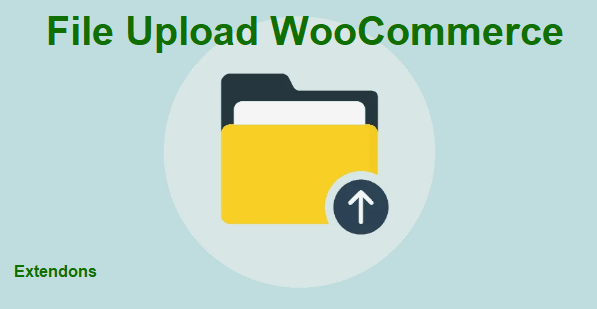When managing an online store, allowing customers to submit files is often essential—whether for custom product designs, document verification, or other purposes. While some store owners manually collect files through email or messaging, others prefer an automated approach using file upload WooCommerce plugins.
If you’re wondering whether to invest in a WooCommerce upload file system or handle everything manually, this guide will walk you through the benefits and drawbacks of both. By the end, you’ll have a clearer picture of which method fits your business needs.
What Is Manual File Upload in WooCommerce?
Manual file upload refers to the process where customers send files through email, contact forms, or third-party messaging services. Instead of an integrated upload button on your website, customers submit their files separately after placing an order.
Pros of Manual Upload



Cons of Manual Upload



If your store receives occasional file submissions and you have time to manage them manually, this method might work. However, for businesses handling multiple uploads daily, it can become inefficient.
What Is File Upload WooCommerce?
A file upload WooCommerce plugin allows customers to attach files directly when placing an order. Instead of waiting for an email or external message, files are instantly linked to the corresponding purchase, making order management much easier.
Pros of File Upload WooCommerce




Cons of File Upload WooCommerce



If you frequently handle customer file submissions, using a WooCommerce upload file plugin can significantly improve efficiency.
Comparing File Upload WooCommerce & Manual Upload
| Feature | Manual Upload | File Upload WooCommerce |
|---|---|---|
| Speed | Slow – Requires back-and-forth communication | Fast – Instant file attachment at checkout |
| Error Risk | High – Misplaced or incorrect files common | Low – Files are linked directly to orders |
| Customer Convenience | Low – Multiple steps involved | High – Uploads are simple & instant |
| Security | Unsecured – No file scanning options | Secure – Plugins offer file validation & restrictions |
| Best For | Small businesses handling few uploads | Stores processing high volumes of file submissions |
While manual upload gives more flexibility in some cases, a file upload WooCommerce plugin streamlines the entire process, making it the better choice for stores handling frequent file submissions.
Why Store Owners Prefer File Upload WooCommerce Over Manual Upload
Even though some businesses still manage manual uploads, the majority of online stores dealing with custom files, ID verification, or digital content find that WooCommerce upload file plugins are more efficient. Here’s why:
1. Reduced Administrative Burden
Manual file collection requires constant checking, responding to emails, and verifying files. With an upload system, everything is automatically stored and organized within the order.
2. Fewer Customer Errors
Customers often forget to send files after placing an order, leading to unnecessary follow-ups. A file upload WooCommerce plugin prompts them to upload before checkout is completed.
3. Better Security Measures
File upload plugins offer security features like virus scanning, restricted file formats, and automatic backups, reducing the risk of malware or corrupted files being uploaded to your site.
4. Faster Customer Support Response
With files linked directly to orders, customer service teams can quickly access necessary documents, improving resolution time for support inquiries.
5. Seamless Integration with Order Processing
Instead of manually downloading and organizing files from emails, store owners can retrieve everything from the WooCommerce dashboard, speeding up fulfillment.
When Should You Use Manual File Upload?
Despite its inefficiencies, manual upload may still be a reasonable choice in these situations:
- You rarely receive file submissions.
- Your customers need to provide additional context that an upload field cannot capture.
- You prefer to manually review each file before attaching it to an order.
If your store only receives occasional file uploads, manually handling them might be manageable. However, as your business grows, switching to an automated solution will likely become necessary.
Final Verdict: Which Is the Better Choice?
For most eCommerce stores, a file upload WooCommerce plugin is the smarter option. It offers a faster, more reliable, and more secure way to manage customer file submissions. While manual uploads may work for businesses with minimal file processing needs, they quickly become impractical as order volumes increase.
By using a WooCommerce upload file system, you can reduce errors, streamline order fulfillment, and improve the overall shopping experience for your customers. If efficiency and accuracy are a priority, an integrated file upload feature is the way to go.
Check out more on empireadda.



